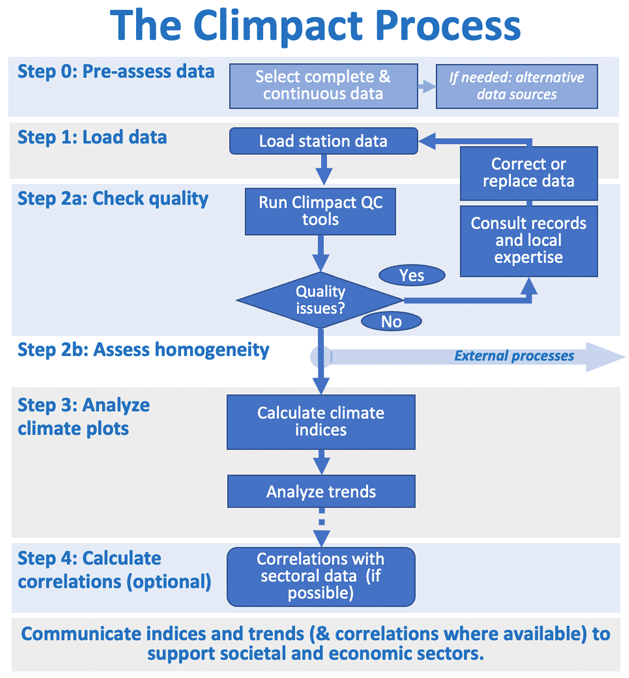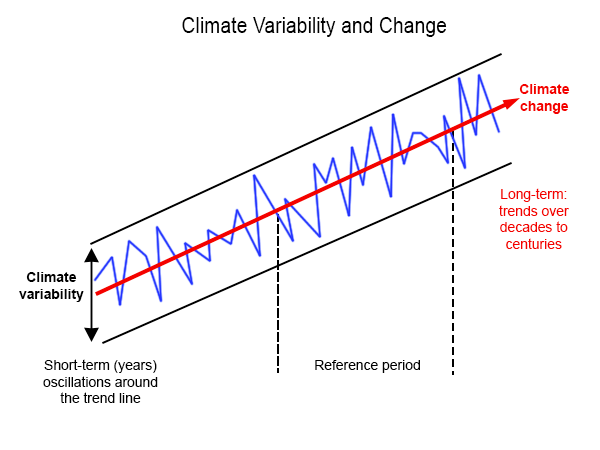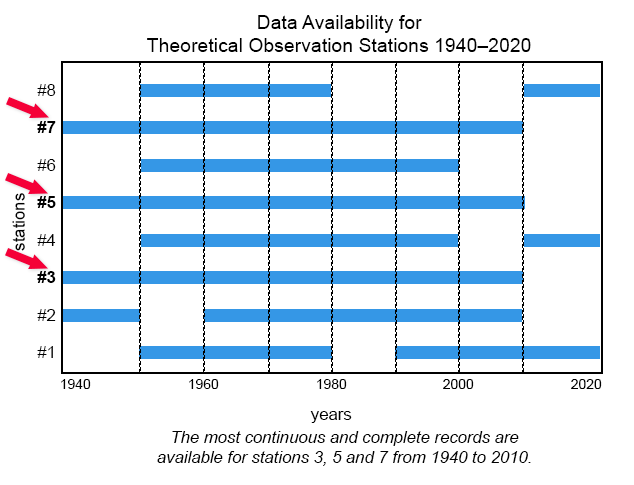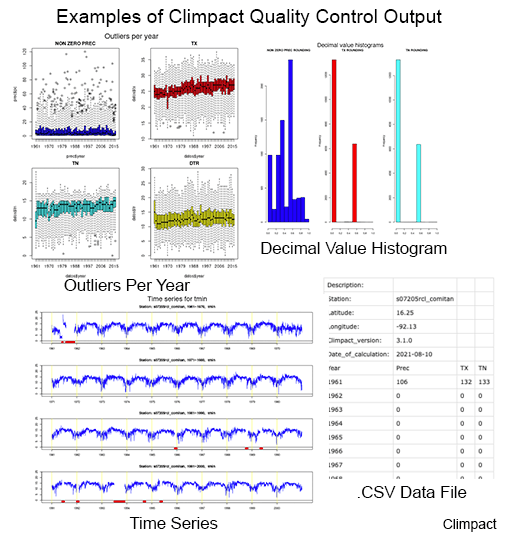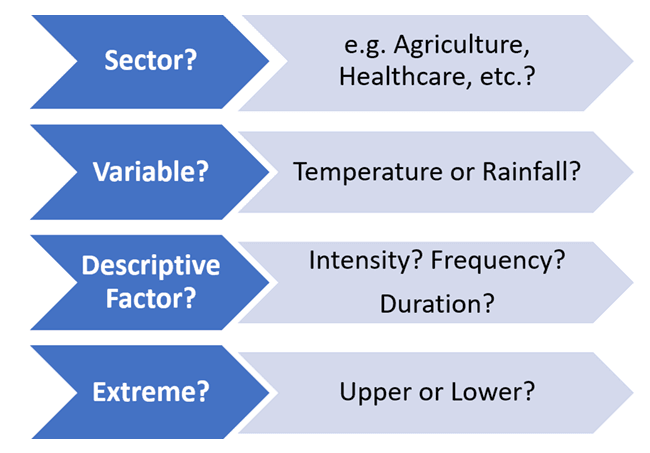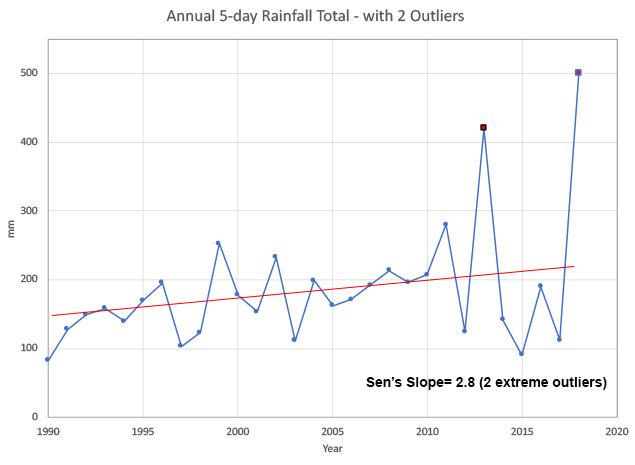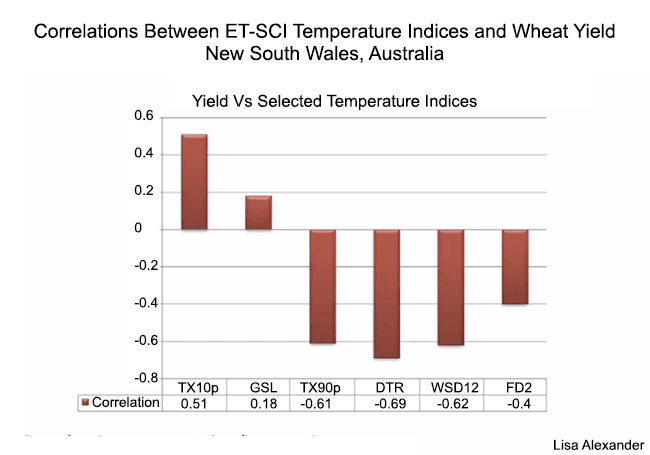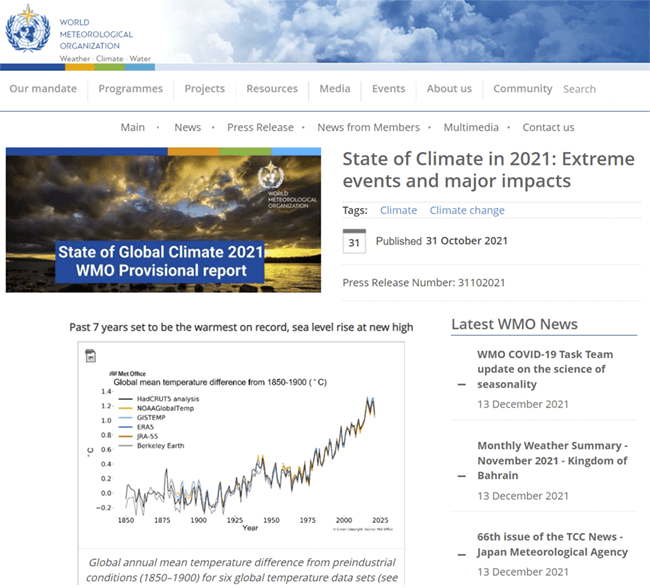This course was developed as part of the Training Package “Strengthening the Delivery of Climate Services”, sponsored by the Korea Meteorological Administration (KMA). We thank KMA sponsorship, WMO project management, and all consultants and reviewers who contributed to the development of this course. The main contributors involved during various stages of development are listed at the bottom of this page .
The content acknowledged below is Proprietary and permission to use it as part of this course was granted:
Main contributors to the development of this course:
WMO Climate Services Branch, Services Department
Project Lead: Ilaria Gallo, Scientific Officer
Project Manager: Amir Delju, Senior Scientific Coordinator
WMO Education and Training Office, Member Services and Development Department
Project Manager: Mustafa Adiguzel, Scientific Officer
Technical Support Officer: Luciane Veek, Education and Training Support Officer
Program Manager: Yinka Adebayo, Director, Education and Training Office and Deputy Director, Member Services and Development Department
Consultants
Subject Matter Expert: Jorge Vazquez Aguirre, WMO ET-CID
Instructional Media Designer: Lon Goldstein, www.elearning-designer.com
Expert Review and Input
Nicholas Herold, Climate Scientist, Director at Applied Climate Science Pty Ltd.
Lisa Alexander, Climate Change Research Centre and ARC Centre of Excellence for Climate Extremes, University of New South Wales
Fatima Driouech, Vice-Chair, Working Group I, IPCC, WMO Commission on Services, Co-chair of the WMO Standing Committee on Climate Services
- Gregg Garfin, Associate Professor and Associate Extension Specialist, School of Natural Resources and the Environment, Deputy Director for Science Translation and Outreach, Arizona Institute for Resilience (AIR), University Director, Southwest Climate Adaptation Science Center (SW CASC), University of Arizona
We would like to express special appreciation for the following national institutions who have contributed data and insights for this course:
Department of Meteorology. Ministry of Water Resources and Meteorology, Cambodia (https://cambodiameteo.com)
Dirección de Meteorología e Hidrología, Gobierno Nacional de Paraguay (https://www.meteorologia.gov.py/)
European Centre for Medium-Range Weather Forecasts (https://www.ecmwf.int)
India Meteorological Department. Ministry of Earth Sciences. Government of India (https://mausam.imd.gov.in/)
National Center for Environmental Information (NCEI). National Oceanic and Atmospheric Administration, USA (https://www.ncei.noaa.gov)
Saint Lucia Meteorological Services (https://met.gov.lc/)
Servicio Meteorológico Nacional de la Comisión Nacional del Agua, Mexico (https://smn.conagua.gob.mx)
Swedish Meteorological and Hydrological Institute (https://www.smhi.se/en)


